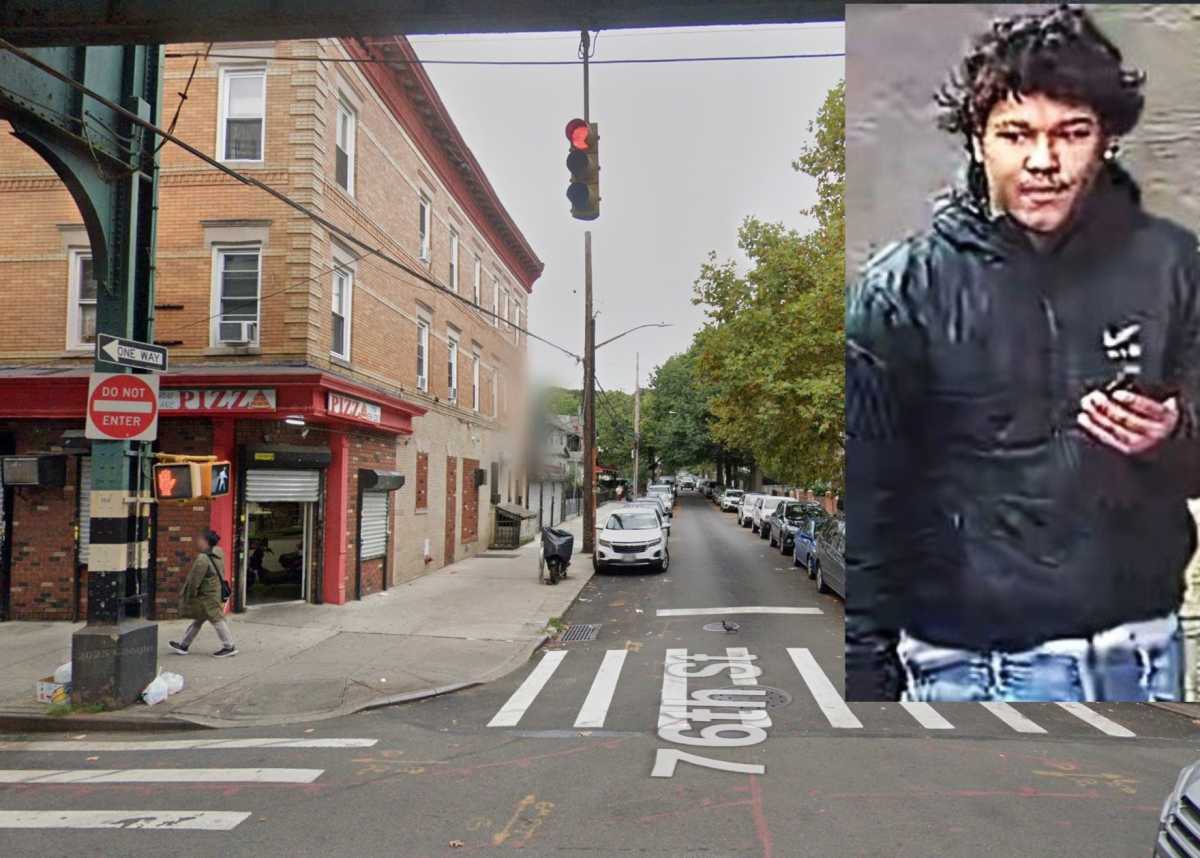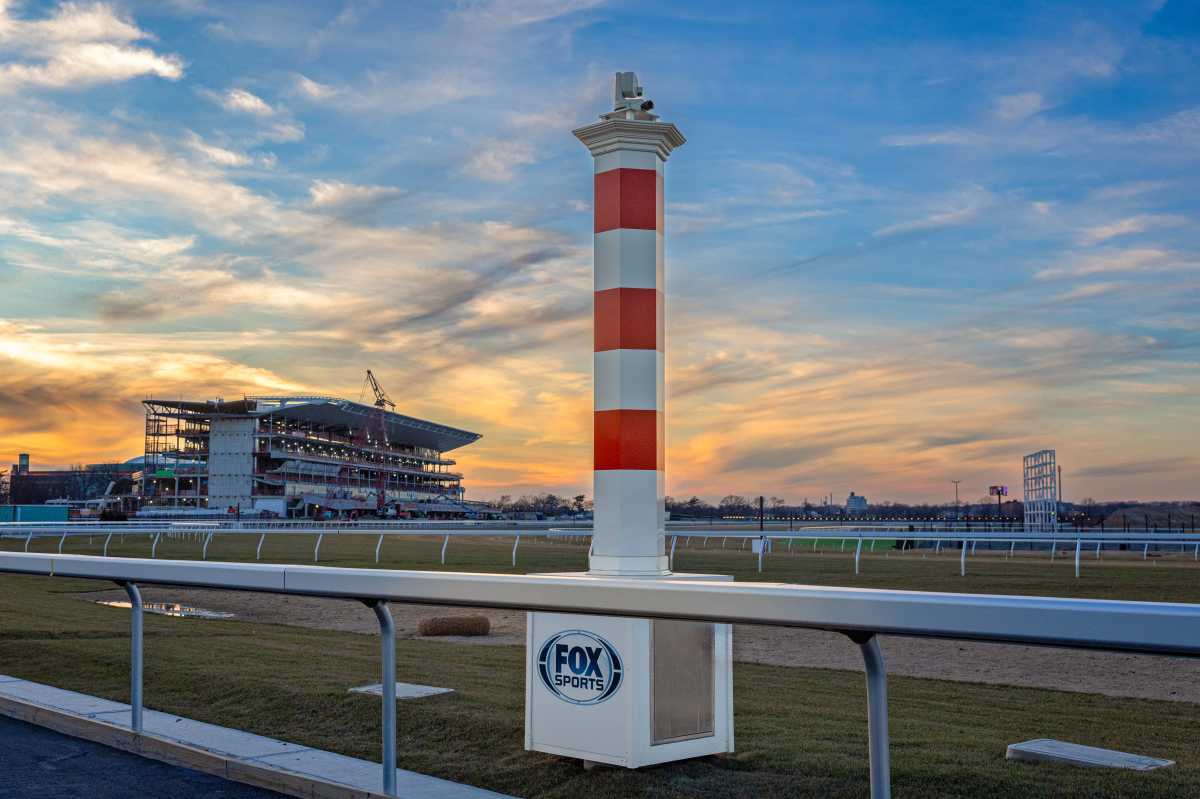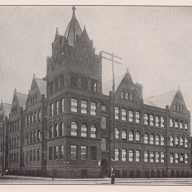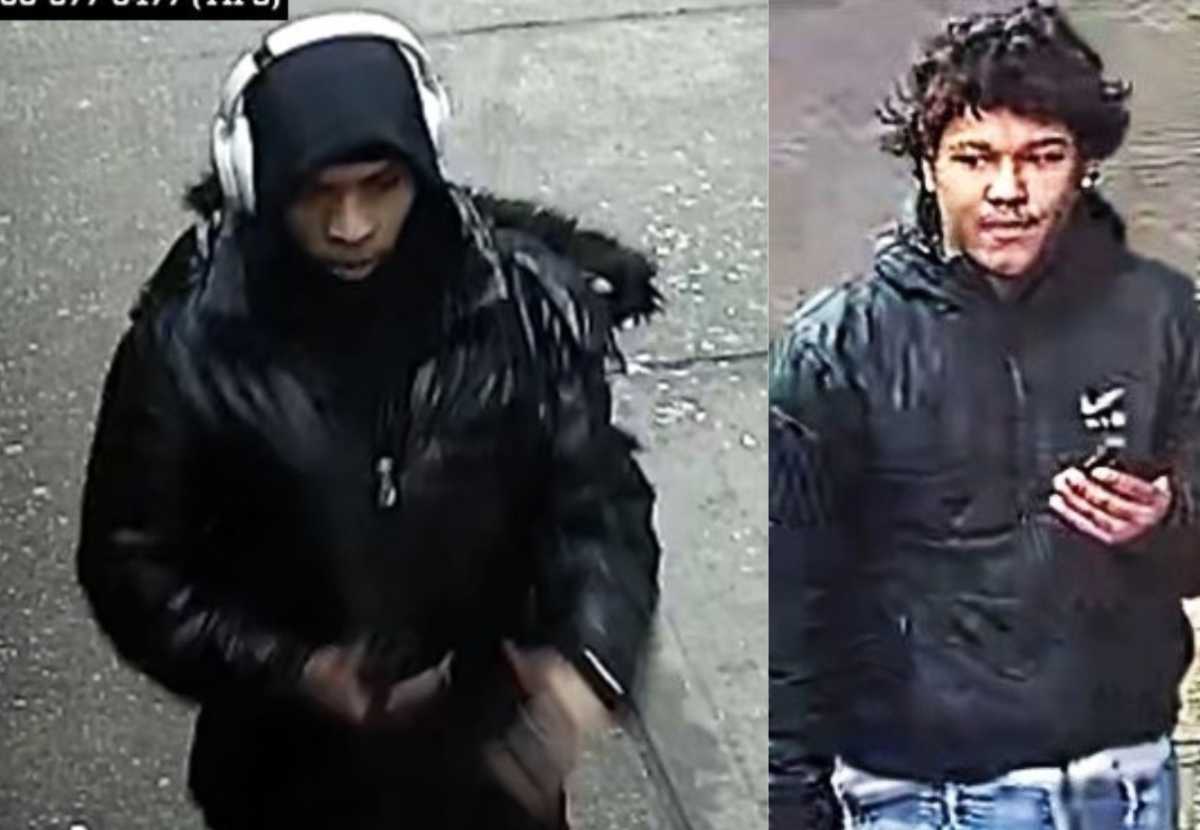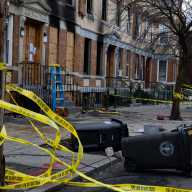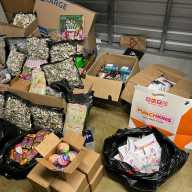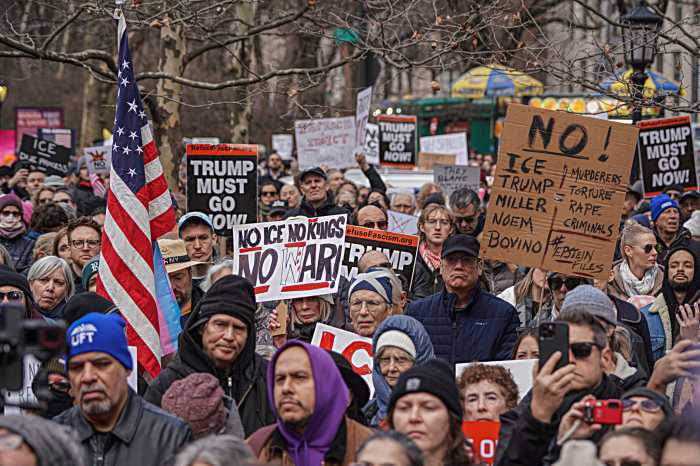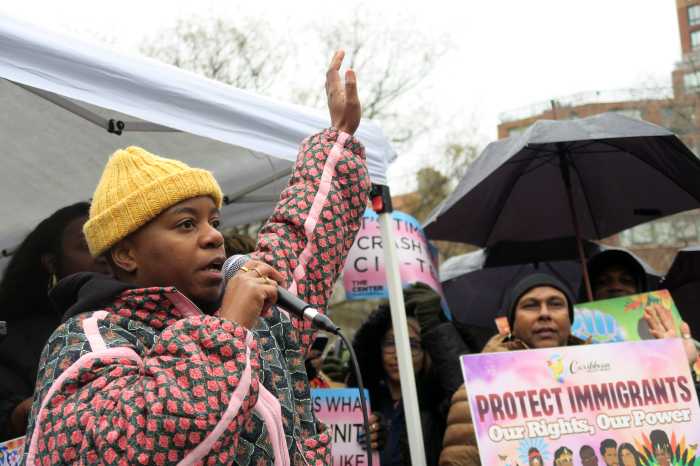Used car dealers didn’t think they’d benefit from the “cash for clunkers” program.
However, since the Cash Allowance Rebate System (CARS), also known by the cash for clunkers moniker, revved up on July 24, used car dealers have had a surprising steady flow of buyers.
“We’ve had a lot of people come in to buy newer used cars because they can’t get the cheaper new cars and the clunkers are being destroyed,” said Bruce Bendell, president of Major World Auto Group in Long Island City. “We expected a decrease, not an increase in the number of people wanting used cars.”
Many new car dealers had decreased their inventory in the spring with the uncertainty of the fate of Chrysler and General Motors post-bankruptcy and the threat of dealership closures. Also, foreign car companies shut down their plants for the summer to save on operation costs. This prompted some Queens dealers to order fewer new cars at the time.
Now these dealers are almost out of new cars – driving customers to consider used late model cars.
The CARS program incentivizes consumers to purchase a new, more fuel-efficient vehicle when they trade in a less fuel-efficient vehicle – a car that gets less than 18 miles-per-gallon and is still under 25 years old – for a voucher worth between $3,500 and $4,500.
The trades became so popular that within days 250,000 clunkers were traded in, almost exhausting the government’s initial $1 billion allotment aimed to reduce car emissions and stimulate car sales. Soon after, the Senate approved another $2 billion when they saw the interest from consumers and plans to continue the program until November 1 or until the funds had been exhausted.
But the dealers must ensure that the clunkers get destroyed or they risk not receiving the rebate, which many dealers have already passed on to customers.
So, after the customers drives off in their new vehicle, the destruction of the clunker begins in the service area of the dealership. After draining the engine oil, a liquid glass mixture – sodium silicate – must be poured into the engine. The engine should become inoperative within minutes.
The dealers must then send the cars to the CARS approved scrap metal salvage yard.
“The cars get brought here. We take the four wheels, the battery, radiator, gas tank, oil out of the vehicle,” said John Gatti, co-owner of A&J Scrap Processing in Jamaica.
“The car then gets crushed and gets processed in Brooklyn. In Brooklyn there is a shredder that pretty much refines the metal. From there it gets shipped to China, to be recycled and sold back,” said Gatti.
All the used cars that have to be destroyed would have usually been resold.
Couple the fact that some customers are still unable to get financing for a new car with the quickly disappearing new cars, used car sales have no where else to go but up.
Nissan of Queens owner Joseph Valentino said that, as a result of CARS, all three of their pre-owned dealerships are doing well.
“People who can’t afford the new cars are buying pre-owned,” said Valentino, who owns Great Neck Nissan and Manhasset Infinity. “We are over 20 percent from this time last year.”
Valentino added that he’s beginning to run out of new car inventory. Usually, they’d carry an 80-day supply and now they are down to a 34-day supply with the 2010 models arriving in late September or early October.
Steve Koufakis, owner of the Star Auto Group in Queens Village, has also seen an increase in the sale of used cars.
“This [cash for clunkers program] has indirectly helped sales until the 2010s get here in a couple of weeks,” said Koufakis.
No matter how many used cars the Star Auto Group sells however, Koufakis said the biggest problem is that he hasn’t gotten reimbursed for the clunkers.
So far they made 120 trades at about $4,500 a trade since the program started. This means the government owes them about $600,000.
“If we sold 150 cars, that’ll bring us close to $1 million,” Koufakis said. “We can’t float this money for the government.”










